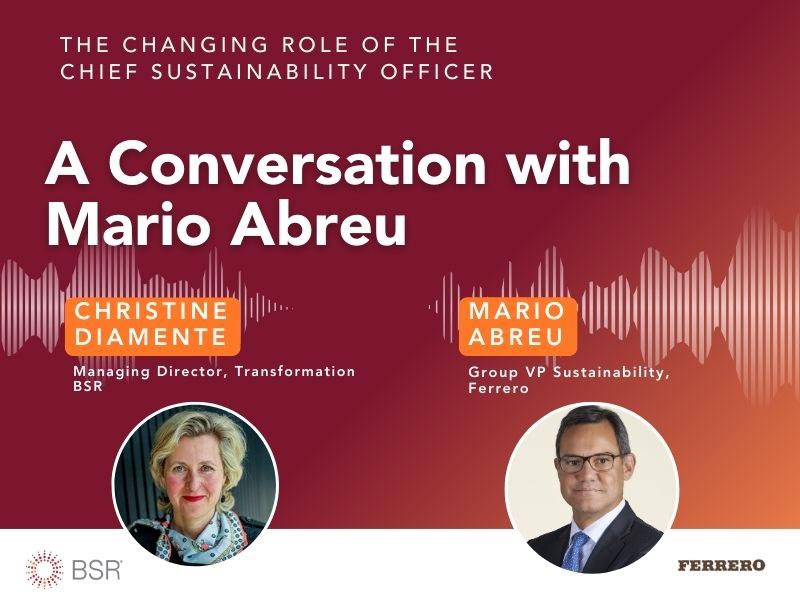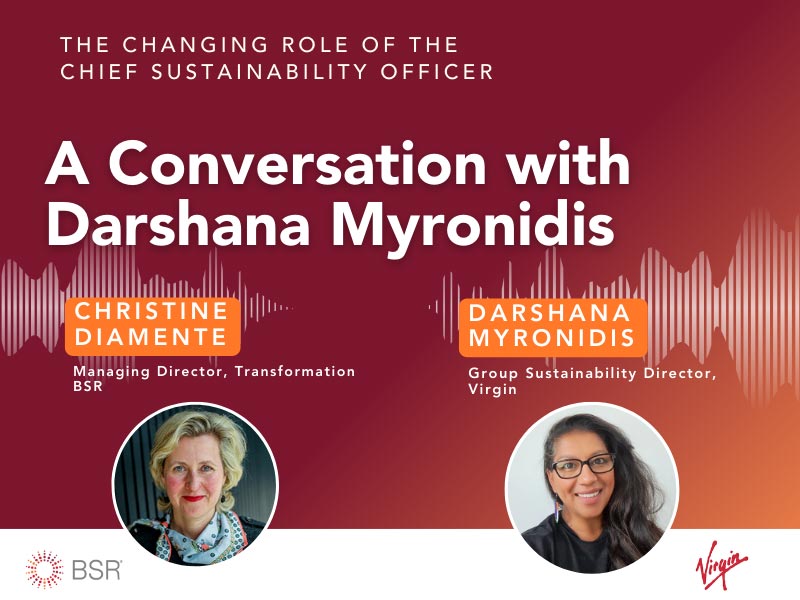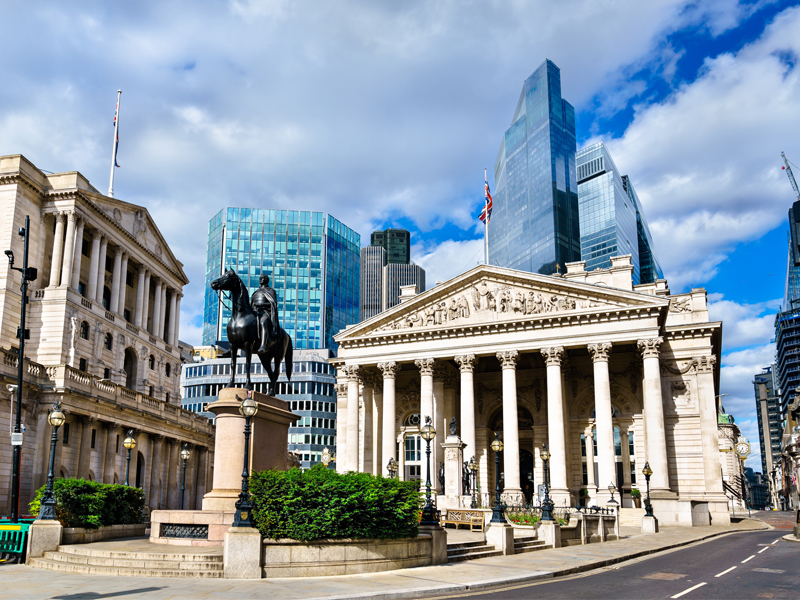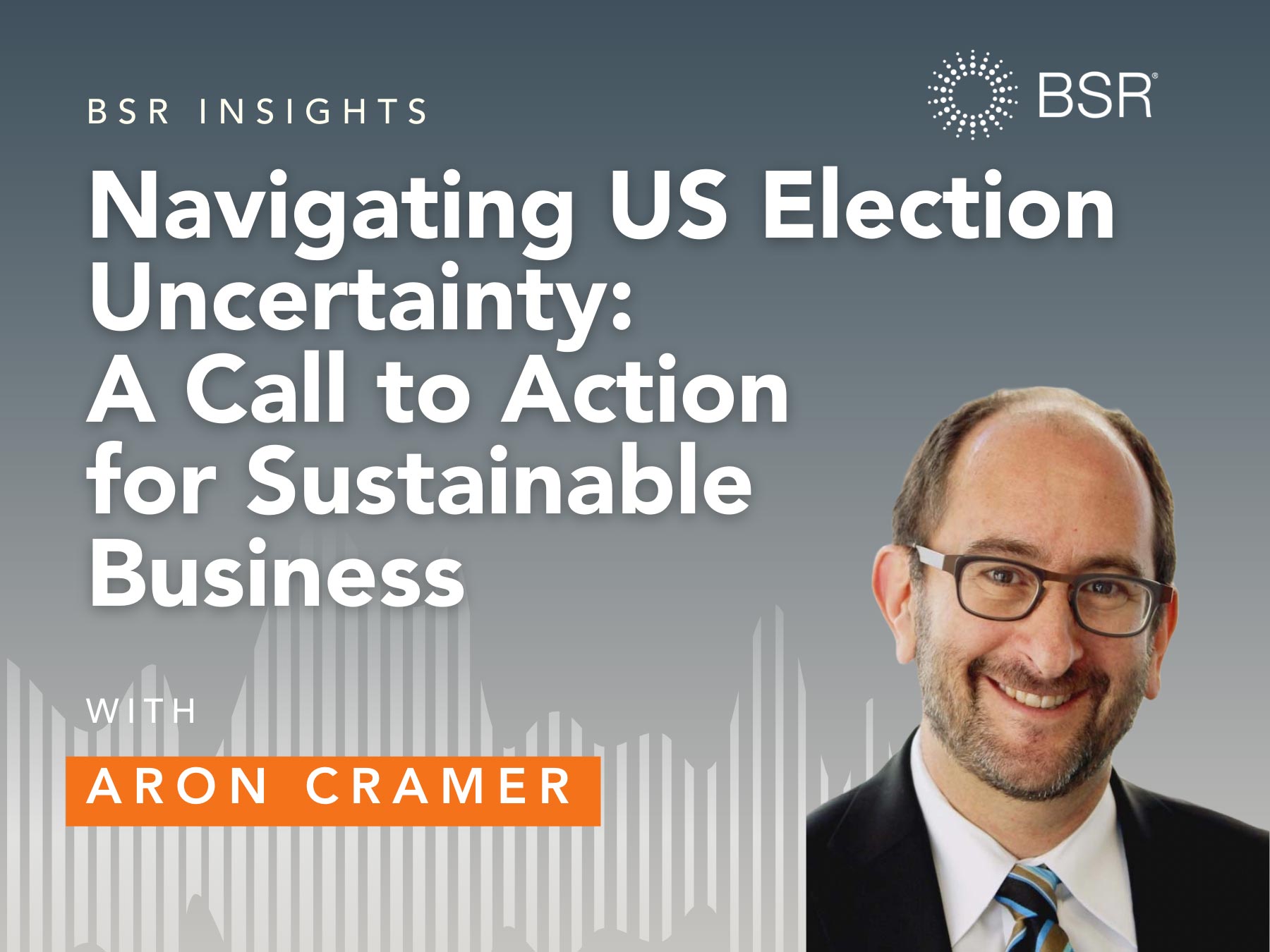
Authors
-
Nandini Hampole
Former Associate Director, BSR
-
John Hodges
Former Vice President, BSR
There is an estimated US$15 trillion global gap between current spending on infrastructure—energy, telecommunications, transportation, and water and sanitation—and what is needed between now and 2040. In many countries, including the United States, infrastructure has been aging and undermaintained for decades due to public funding constraints.
As a result, we have seen a surge of private equity (PE) firms investing in long-term infrastructure projects—often classified under alternative assets. In fact, private infrastructure funds raised over US$80 billion in 2018, double the amount raised just five years earlier. Major global PE firms, such as Ardian and EQT, recently closed multibillion-dollar funds. Some of the world’s largest infrastructure investors, such as Global Infrastructure Partners and Brookfield Infrastructure, are also working towards raising megafunds of US$20 billion or more in 2019.
Many PE firms have come to view environmental, social, and governance (ESG) issues as critical to understanding the long-term risks and unlocking value-creation opportunities with their portfolio companies. While PE firms have made significant progress in integrating ESG considerations into their company-focused equities investing models, infrastructure funds have not been as proactive in integrating ESG considerations into business decisions—and we think this is a missed opportunity.
With more and more PE firms formalizing approaches to responsible investment, we believe there are clear pathways to integrate ESG factors for private infrastructure investors and managers. For instance, the Equator Principles provides a recognized structure for banks to assess ESG risks with infrastructure financing. Given BSR’s experience working with both the world’s largest PE firms and the world’s largest infrastructure companies and our knowledge of ESG precedents and best practice, our recommendations for private infrastructure investment teams are:
- Be Principled. Establish a corporate principle that ESG considerations for investing should apply to all asset classes. We often hear from private investors that “this fund is different from another.” While funds may be different in some ways, all types of funds should have ESG oversight.
- Be Consistent. Develop a separate or overarching responsible investment/ESG policy that addresses the diverse asset classes, including infrastructure, in which the firm invests. In March, BSR released a report with guidance and practical tips that firms can consider while developing an ESG policy. AMP Capital has issued an ESG Infrastructure policy and describes how it integrates these factors across the investment life cycle.
- Be Aligned. Consider material ESG factors during diligence and align the processes with applicable standards such as the Equator Principles and the International Finance Corporation (IFC) ESG Performance Standards. BSR has been a leading part of the Equator Principles stakeholder engagement process and believes the guidance is applicable beyond just banks.
- Be Long-term. Given the long-term nature of infrastructure investments, ESG diligence for infrastructure projects should cover the full lifecycle of projects, including monitoring, operating, and maintenance. Investment committees should identify and consider long-term (e.g. climate change) material ESG issues and potential impacts. Futures thinking and scenario analysis might be helpful tools in this regard. Lastly, use an ESG futures framework as an opportunity to highlight the long-term societal benefits that the infrastructure will bring.
- Be Extensive. Infrastructure projects are often joint efforts, and ESG diligence should include joint-venture partners, third-party infrastructure operators, contractors, and suppliers. A good example of how this ESG partnership approach is being applied is BSR’s Building Responsibly collaboration on human rights and the construction industry.
- Be Active. Private investors should also be active managers of infrastructure assets in the same way they manage private company investments (e.g. board participation, technical expertise, etc.). In particular, investment teams should be trained with the necessary expertise on ESG risks and opportunities. Partners Group, for example, has developed an ESG Dashboard to track relevant ESG metrics for its infrastructure assets over time, including highlighting the potential areas of improvement.
- Be Engaged. Local communities, contractors, and other stakeholders are critical for project success. Investments often directly impact the communities in which they are located through employment, social services, and the environment. Engaged operators should be conducting internal and external stakeholder engagements with local stakeholders on a regular basis to broaden their knowledge and awareness of critical environmental and social issues over the life of the investment. GCM Grosvenor focuses its efforts on engagement in this way.
- Be Transparent. All infrastructure has both positive and negative ESG impacts. Transparency in reporting activities and progress in a balanced way creates investor trust and accountability in the market. Some best practices include completing the annual PRI disclosures for Direct—Infrastructure, disclosing climate-related financial reporting in line with the TCFD recommendations, and engaging with GRESB’s infrastructure platform to improve performance across infrastructure and real assets.
ESG practices for infrastructure investing are still maturing, and many implementation challenges remain. These include: How can firms identify material risks and opportunities and integrate them into pre-investment decision making? How can firms ensure responsible investment principles are upheld across the multiple phases of project execution? How can firms demonstrate ESG business value to their investors and other stakeholders?
While the above guidance does not answer all of the implementation challenges, we believe that the basic building blocks we have recommended can provide the foundation for successful ESG integration and management for infrastructure investors. Our intention is to provide a good place to get started—and often getting started is the hardest part.
Topics
Let’s talk about how BSR can help you to transform your business and achieve your sustainability goals.







